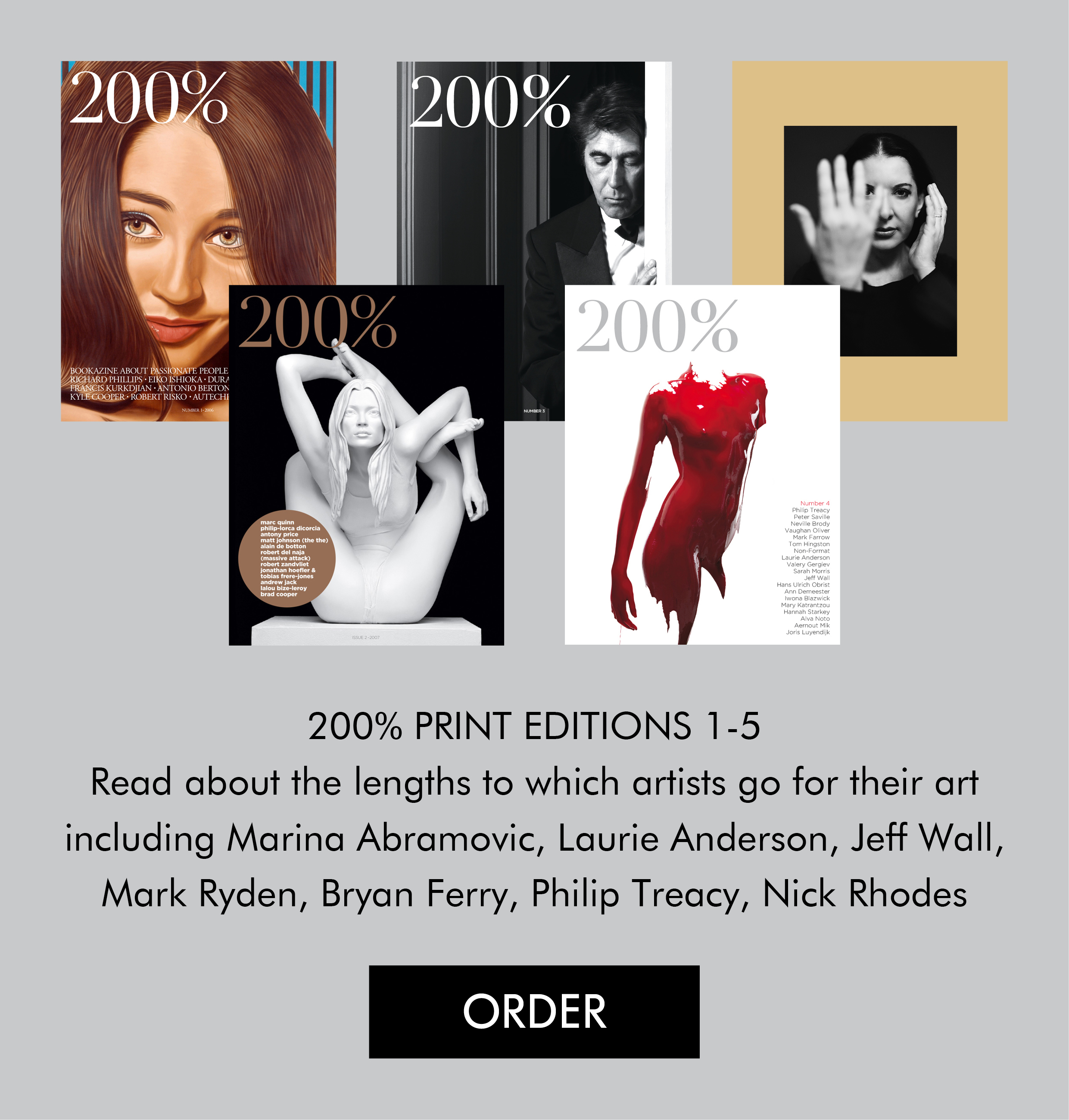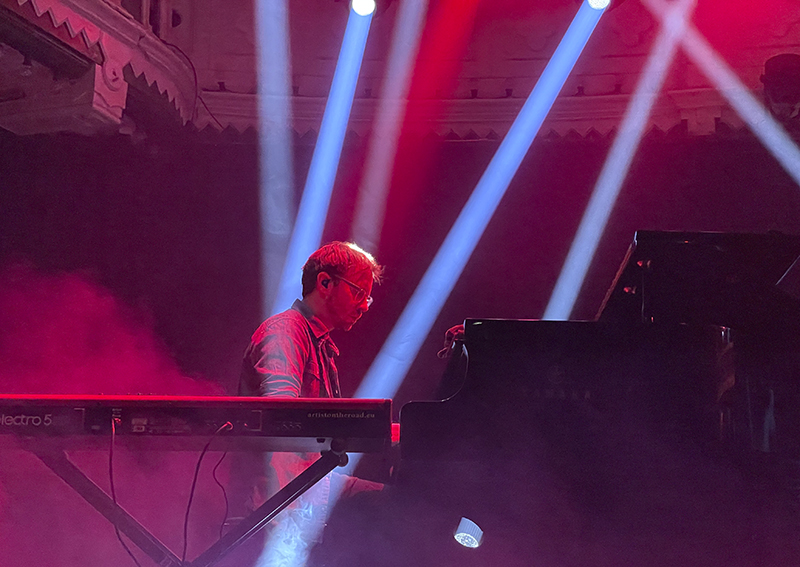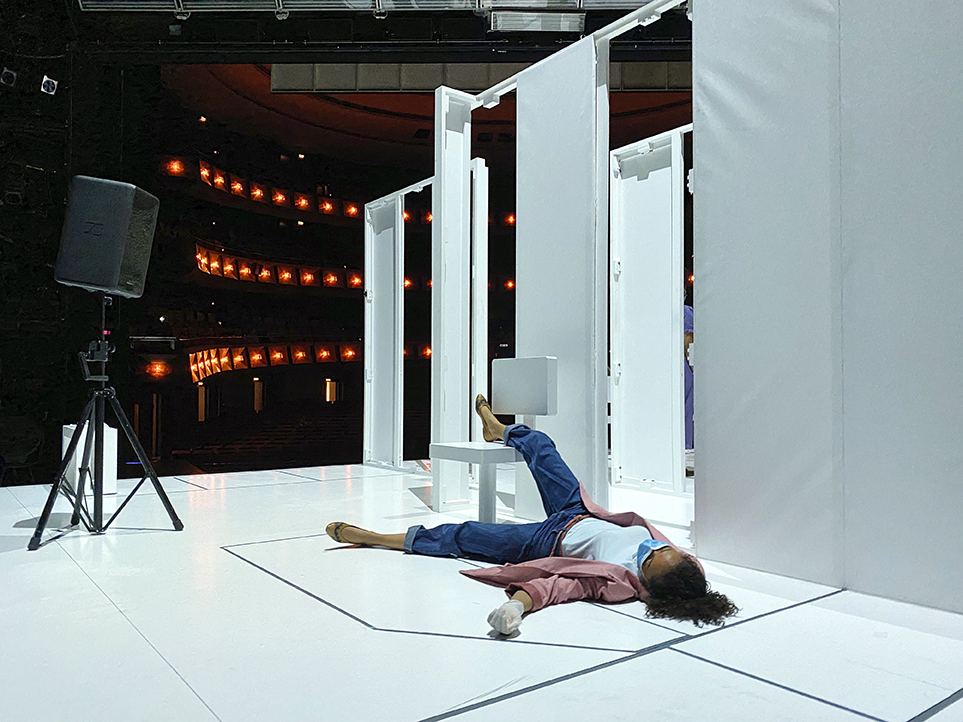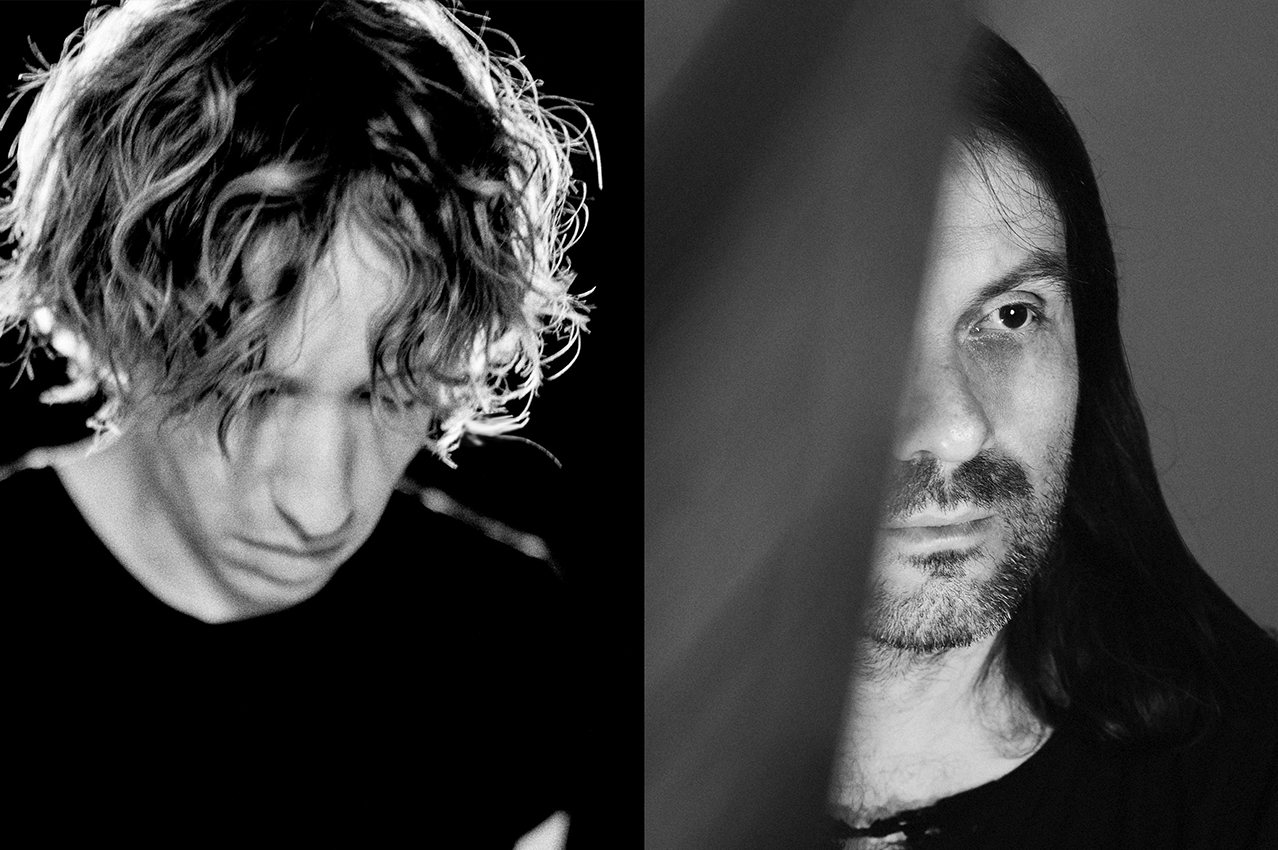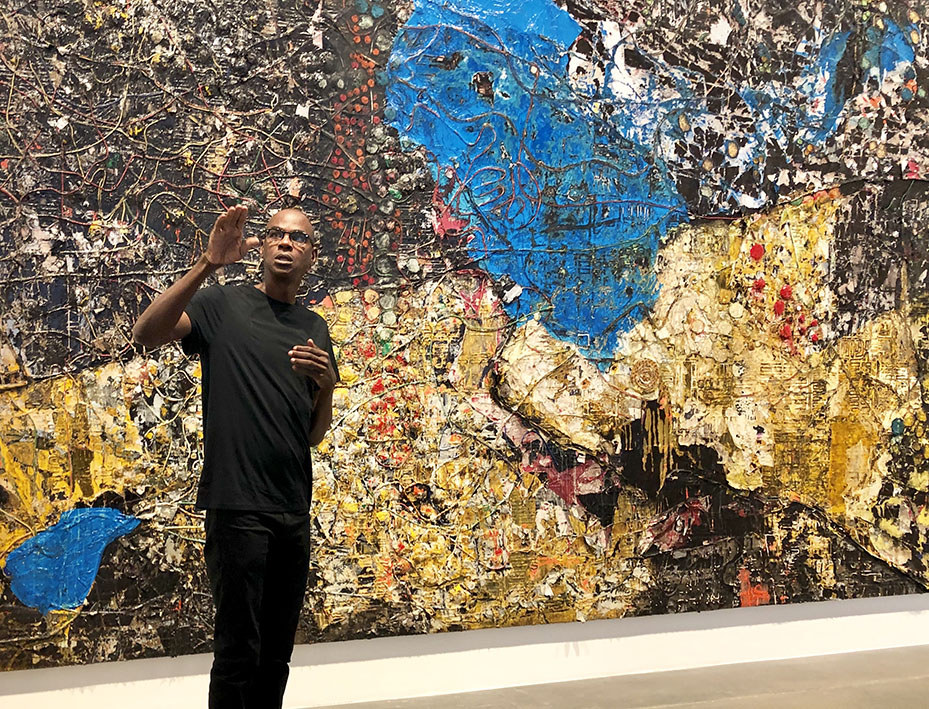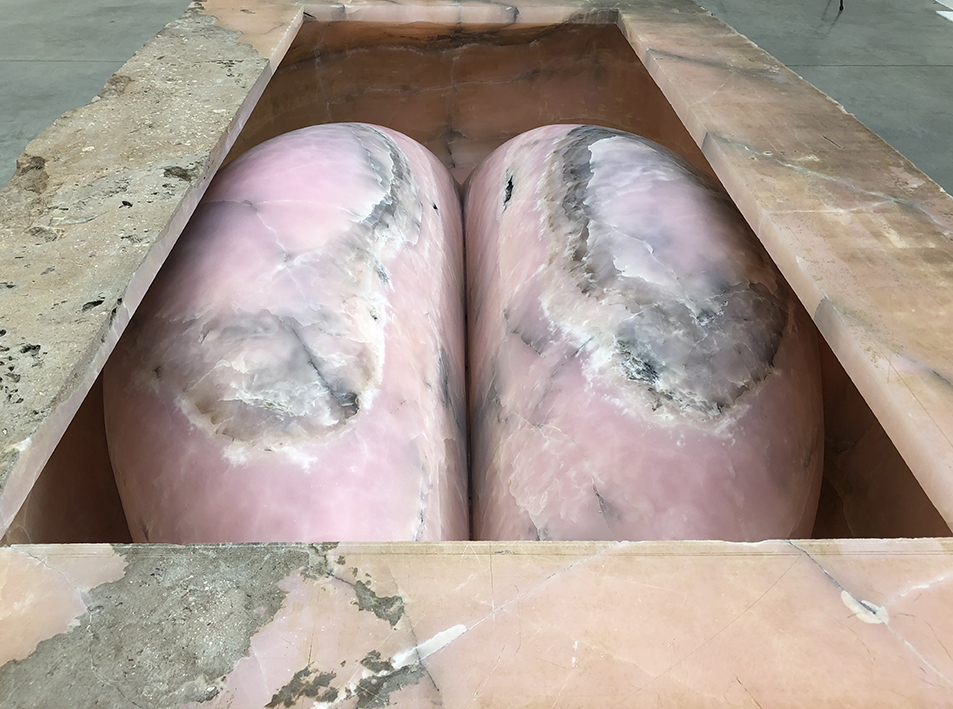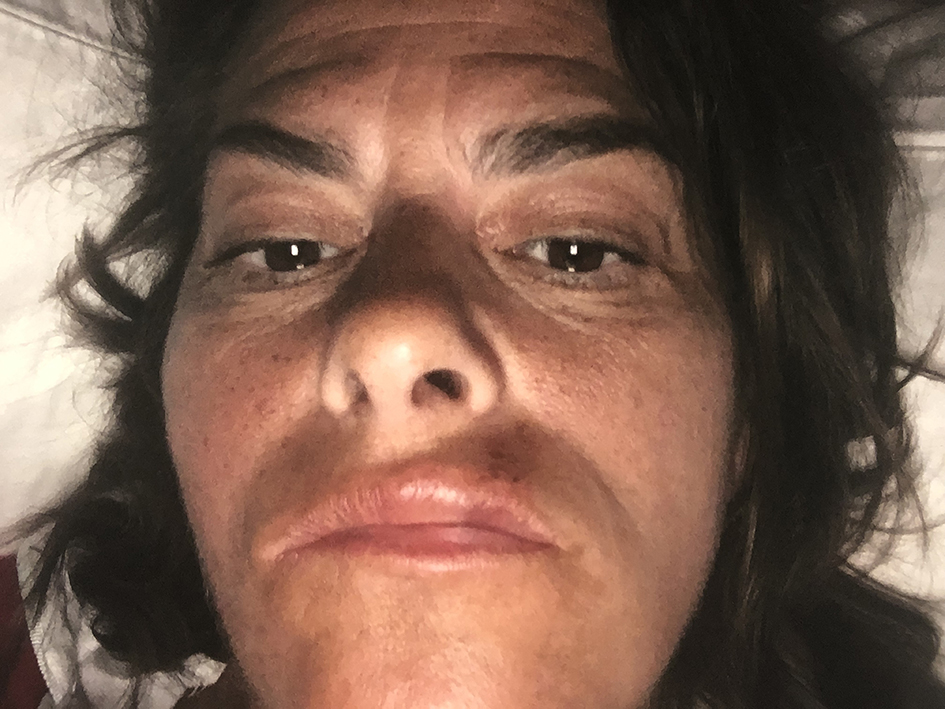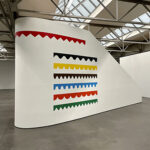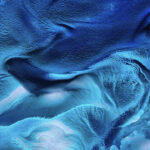 During ‘The Wall Tour’ of Pink Floyd a high wall was gradually built between the band and the audience during the performance. Roger Waters, the bass player of the band, wanted to create a distance between the band and the audience as he was fed up with their rude behaviour during the concerts.
During ‘The Wall Tour’ of Pink Floyd a high wall was gradually built between the band and the audience during the performance. Roger Waters, the bass player of the band, wanted to create a distance between the band and the audience as he was fed up with their rude behaviour during the concerts.
During the live performance of Murcof + Simon Geilfus next month at Alpha-ville LIVE in London, a giant transparent fabric screen will stand between the artists and the audience. Onto the screen Geilfus’s spectacular, dazzling and hypnotic sound reactive visuals will be projected, with the intent of engaging and immersing the audience into the performance.
The producer of the performance, Nicolas Boritch of AntiVJ, a visual label that wants to “challenge the senses”, comments on the symbiosis between sound and vision: “What is important I think is to try and create an experience where you can’t necessarily separate the sound and visual elements. You might forget about one of the two, but hopefully it is because it is a whole, and you are lost in it”.
200% spoke with the Belgian Simon Geilfus, the graphic designer and software developer who created the visuals, and the Mexican electronic composer, Fernando Corona, the man behind Murcof, about the show.
 200%: From where did the idea originate for the collaboration between you two?
200%: From where did the idea originate for the collaboration between you two?
Simon Geilfus: Nico [Boritch] and Joanie [Lemercier] of AntiVJ were in touch with Murcof a year before we started this project, and they did a one-off gig with him in Bristol in 2008. A year after that an opportunity came to start something new together and they asked me how I would feel about a collaboration. I was super excited about it, obviously. We did our first gig at ‘Futuresonic’ in Manchester in 2009, and the project was launched.
200%: Were you familiar with Murcof’s work prior to the collaboration?
SG: Yes, I’ve been a big fan of his work for a while. I think I discovered his music whilst browsing for new material in my local music store. If I remember correctly, I selected some albums because of their covers and ‘Utopia’ [Murcof’s second album] was amongst them. I had a quick listen and was immediately converted! His music is quiet and subtly violent at the same time, and he does that in a really unique way. I think his work has a huge narrative potential without being too direct. He leaves a lot of space for you and he’s one of the rare artists to be able to take you somewhere without telling you anything about where you are going. This is obviously something that makes collaborating with him a real pleasure.
200%: Fernando, were you familiar with Simon’s work prior to the collaboration?
Murcof: Slightly. Some time ago, Simon sent me a couple of sound reactive videos on which he was working where he was using my music. This was, I believe, prior to his integration with AntiVJ. We later crossed paths here in Barcelona at the ‘Storung’ Festival back in 2008. He was doing the visuals for Federico Monti and I was working with XX+XY on the visuals. It wasn’t until our first gig, in early 2009, that I saw his work properly and was very impressed by how well everything came together.
200%: The visuals Simon creates are sound reactive. Does that mean that within your collaboration Murcof’s music will be the basis from which to work?
SG: The reason why the music still leads most of the time comes from the fact that we could not start everything from scratch, and ask Fernando to compose one hour of new music in a couple of months. It was easier for me to focus on existing material, create something and then try and build stuff together from there. I usually start by sketching a scene, creating some objects, lights and animations; then when I’m happy with that I can start adding layers of sound reactive animations. It’s similar to the way in which you would use effects on your timeline and keyframes in an animation software to enhance your visuals, I use his sounds to add some complexity and reactivity to my animations. Together, we selected sounds that affect those parts of my visuals.
Murcof: It’s Simon who does most of the hard work, before a dot or a line moves or reacts. There has to be quite a bit of programming as he works with his own customized software and he’s constantly changing and patching it – there’s a big technical component to his work. In my case it’s more fluid and spontaneous, although I do have a technical side of which I need to take care. My part is more about reacting to Simon’s imagery and what possibilities there are for me to explore musically, what sounds can control which visual elements, and so forth.
 200%: Simon, can you explain what software you’re using to create the visuals with Murcof?
200%: Simon, can you explain what software you’re using to create the visuals with Murcof?
SG: I’ve been using several versions of a software I’m developing especially for this project. It started as a small bugy prototype (not fully functional software) in Processing (real-time graphics software) for our first gig and evolved over the years into several c++ applications (c++ = the main language for writing software) that I’m still using today. I’m working on new features every time I can and, even if it is a really technical aspect of the project, it does bring up new stuff for which to experiment every time.
200%: Can you explain how do you come up with the visuals? To what type of viuals are you drawn?
SG: I’m usually working with some sort of geometric abstractions. I’m not that much into figurative things. For this particular project I’ve been focusing on more dreamy visuals, visuals about the scale of galaxies and the scale of atoms. A lot of the inspiration came from Murcof’s music and discussions/interests we have had together.
200%: The show dates from the beginning of 2009. Has the show changed and developed through the years?
Murcof: For our first performance we both brought existing material on which we had agreed beforehand, or worked on independently. Since then we have been trying to get as many residencies as we can to get together and further enhance the project, changing, adapting and adding new elements to it, both visual and music wise. There are now quite a few sounds that have direct influence on how certain visual elements behave and it’s in this area that we have been more focused lately.
SG: On the visual side it has changed a lot in the three years, technically and visually. Murcof has been adding new stuff everywhere in the show, polishing existing tracks to make it work better with our story. We did develop a couple of tracks together from scratch, music and visuals, across several residencies we had the chance to do together.
Murcof: We’ve done a couple of dozen shows and it has been evolving since our first gig in early 2009. We have been able to take our project a little bit further every time; it’s become more seamless and better communicated and coherent between the visual and musical elements.
 200%: What do you believe Simon’s visuals have brought to your music?
200%: What do you believe Simon’s visuals have brought to your music?
Murcof: It has taken the music closer to where the inspiration to make it came from, evoking macro and micro universes, which I also try to do musically; there’s a giant spider like creature that stretches its arms each time the music explodes, there’s bacteria holding hands and working in groups whilst maintaining their individuality, there are tons of stars that swirl around and become comets, rays of light that become a network of neurons – it’s perfect. It’s at times literal and at times abstract, leaving enough room for personal interpretation from the audience, and for us, too, as each time we play we get to see a different show from the stage.
SG: The ideas behind having an immersive stage design that we have, with the kind of psychedelic visuals, is to try to take the audience into some sort of journey. I think it is important for both of us to build a new experience together.
Interview conducted by Thierry Somers. Picture: Ed Jansen, Romain Alary, screen dump Simon Geilfus and Mathias Vejerslev
Alpha-ville LIVE: Murcof + Simon Geilfus (AntiVJ), Saturday 6th October 2012, Hackney Empire London, http://www.alpha-ville.co.uk/tickets/
Forthcoming post: Murcof on the Latin American electronic music scene, how he derived the idea to fuse Twentieth classical music with electronic music, and why ‘Cosmos’ became such a dark and ominous album. (Subscribe to our blog and you won’t miss this interview when it is posted)

